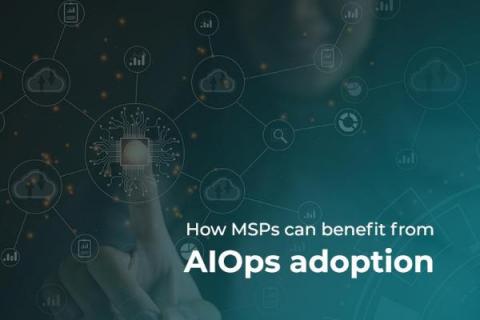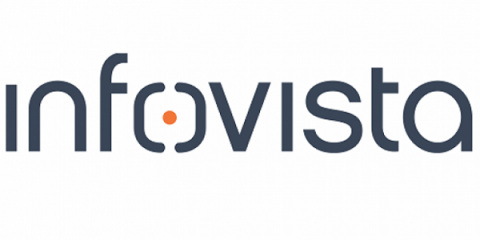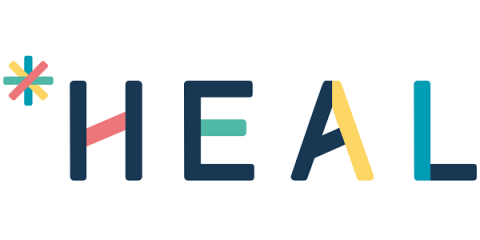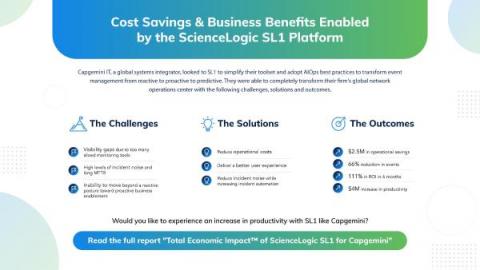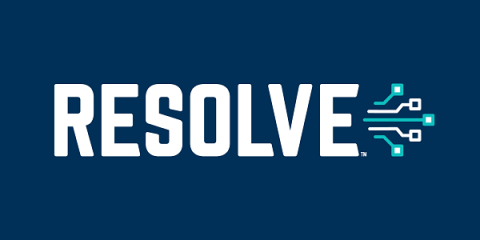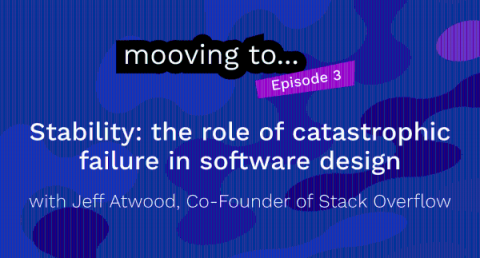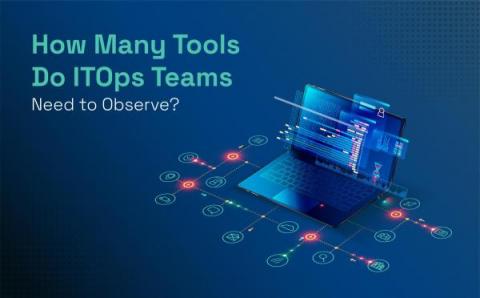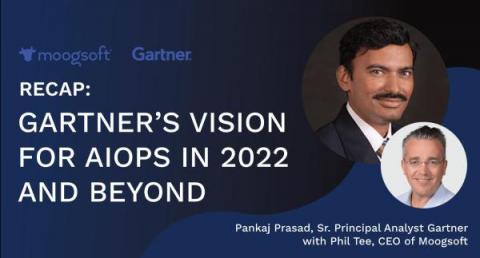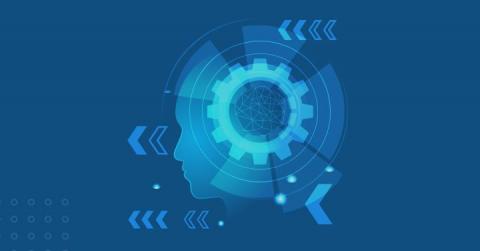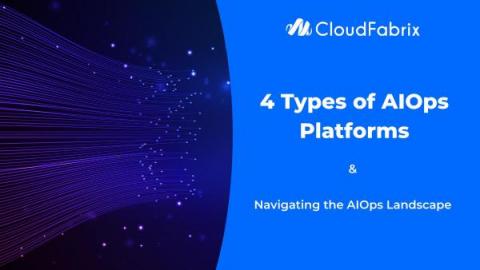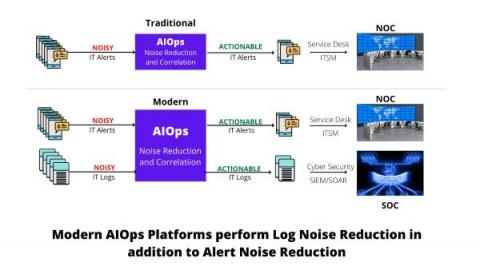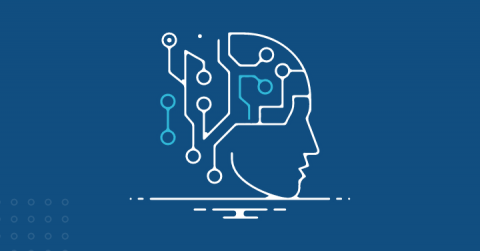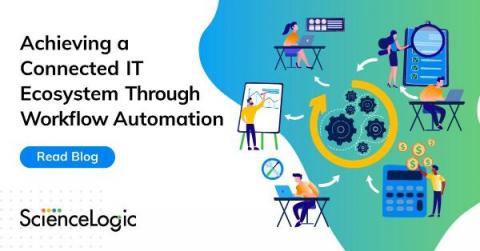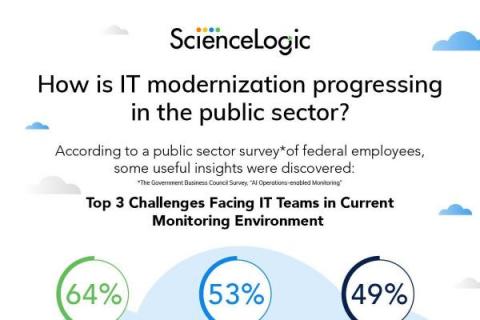Operations | Monitoring | ITSM | DevOps | Cloud
February 2022
Infovista launches Ativa for Cloud-Native Automated Assurance and Operations
Episode 1: Mooving to SaaS from On-Prem: Lift and Shift -Then We're Done, Right?
Dave Mangot, author, speaker, and consultant, sits down with Moogsoft to discuss moving to SaaS from On-Prem in the premiere episode of “Mooving To…”
Why is Causation Important in AIOps?
Modern IT environments have become much more complex to manage thanks to hybrid infrastructures and comprehensive instrumentation that generate metrics, alerts and events data constantly. ITOps (IT Operations) and SRE (Site Reliability Engineering) teams are tasked with providing superior performance and user experience for the numerous applications while not letting the budget out of hand.
Cost Savings & Business Benefits Enabled by the ScienceLogic SL1 Platform
Capgemini IT, A global systems integrator, looked to SL1 to simplify their toolset and adopt AIOps best practices to transform their event management.
Trace3 and ScienceLogic Achieving Joint Customer Wins
Resolve Systems Announces Middle East Expansion with Opening of Dubai Office
Episode 3: Mooving to... Stability: The Role of Catastrophic Failure in Software Design
In this episode of Mooving to… Stability: The Role of Catastrophic Failure in Software Design, we had the opportunity to chat with Jeff Atwood, yes that Jeff Atwood of, Coding Horror, Stack Overflow, and Discourse (Chief Happiness Officer). Jeff started writing 911 software in Boulder, Colorado for a small company, which was a crash-course in writing code for software that has real consequences. With this unique and deep perspective, B.J.
What Is Government Digital Transformation?
The U.S. federal government knows it has not kept pace with technology innovation. Recent legislation and a $1 billion modernization fund aim to bring the federal government up-to-date. What does government digital transformation mean, and what are federal IT leaders doing to modernize their agency’s IT?
How Many Tools Do ITOps Teams Need to Observe?
In the recent past, every enterprise has had to deal with an outage, leading to war rooms where ITOps teams are put on the spot. While they take on the burden of ensuring 100% uptime, it is often the tools they employ which don’t live up to their promises. Especially in the wake of the pandemic, with working norms being redefined, ITOps teams have been under even greater pressure to deliver. While they strive to be efficient and rely on cutting-edge technology, uptime is often elusive.
mooving To...Stability
AIOps in 2022 and Beyond: A Conversation with Gartner
Modern digital businesses adopt AIOps tools to enable continuous insights across an IT stack. These insights tell the full story of what’s happening behind systems, allowing IT teams to achieve the operational efficiencies and high availability that lead to customer satisfaction. Old siloed monitoring disciplines provide data specific to performance of the digital experience, IT infrastructure, application or network.
Tips to implement AIOps the right way in 2022
A lot of things have changed in recent years. From the way of working to executing IT operations, the business strategies have changed overnight with arising advances like Machine Learning, Automation, and Artificial intelligence. The technologies have changed present-day applications and IT operations, and with AI and ML on board, IT industries operate more perplexing undertakings and resolve issues across complex infrastructures.
What is AIOps. 4 Types of AIOps Platforms. How to Effectively Navigate the AIOps Landscape.
Can your AIOps platform do Log Noise Reduction in addition to Alert Noise Reduction? If not, it is time to re-evaluate your AIOps
Splunk for AIOps
AIOps Depositioning
A Practical Guide to Improving Your Monitoring Setup
AIOps Trends in 2021
Gartner introduced the word ‘AIOps’ back in 2017, and ever since, the enterprises have been adapting to the various strategies to streamline their IT operations. AIOps is a successful venture because it meets the challenges and tackles the amount of data created in the tech infrastructures amid complex architectures.
Is AIOps NoOps? No, But It's the Closest We'll Come
Making IT operations simpler – which AIOps does by helping teams to make smarter, more informed decisions about complex monitoring and APM problems – is great. But what would be even greater is eliminating the need for IT teams to make decisions at all – a prospect known as NoOps. By automating application management to the point that human involvement is no longer necessary, NoOps offers tantalizing possibilities for the IT operations teams of the future.
Beyond IT Operations: Why Developers Need AIOps, Too
To date, AIOps has been a solution first and foremost for IT operations teams. In other words, AIOps has been used primarily to help IT teams manage what happens in the post-deployment part of a CI/CD pipeline, when they need to detect and remediate issues in production environments. That doesn’t mean, however, that AIOps leaves developers out of the picture. Although the conversation surrounding AIOps hasn’t paid a lot of heed to developers so far, it’s perhaps time to change that.
Stepping Closer to AIOps with Workflow Automation
This blog outlines how the ScienceLogic SL1 platform kick starts your automation journey with automated workflows - your next step toward AIOps.
How is IT modernization progressing in the public sector?
According to a public sector survey of federal employees, some useful insights were discovered.
AIOps: What It Is, and How It Can Streamline IT Services
In recent years, the adoption of artificial intelligence is on the rise. Different sectors of service providers are witnessing a massive integration of AI within their workflow. This singular action has given birth to a better work pattern and greater service delivery. This is because artificial intelligence is changing the narrative and dictating the pathway for the future of work.


